Our Products
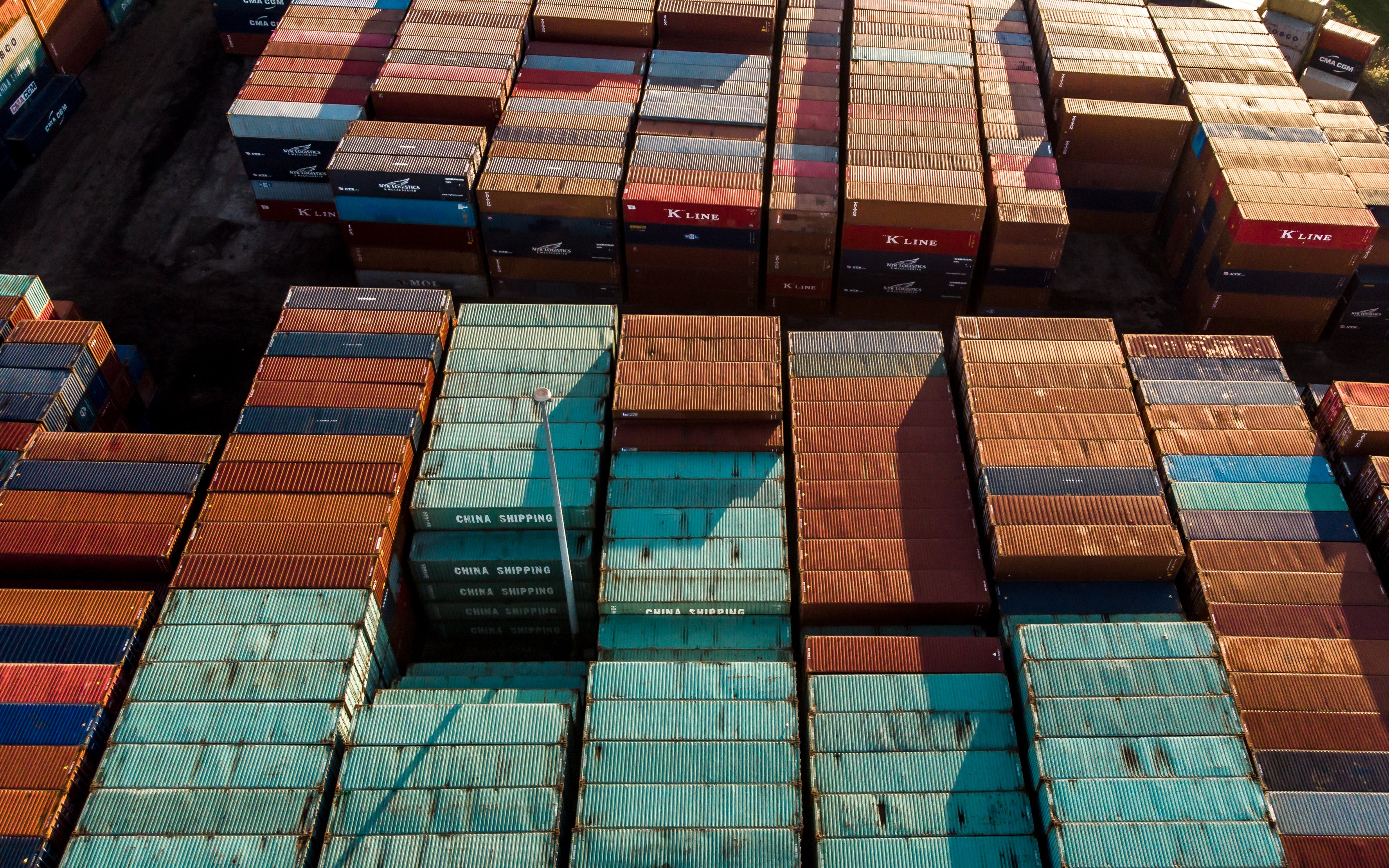
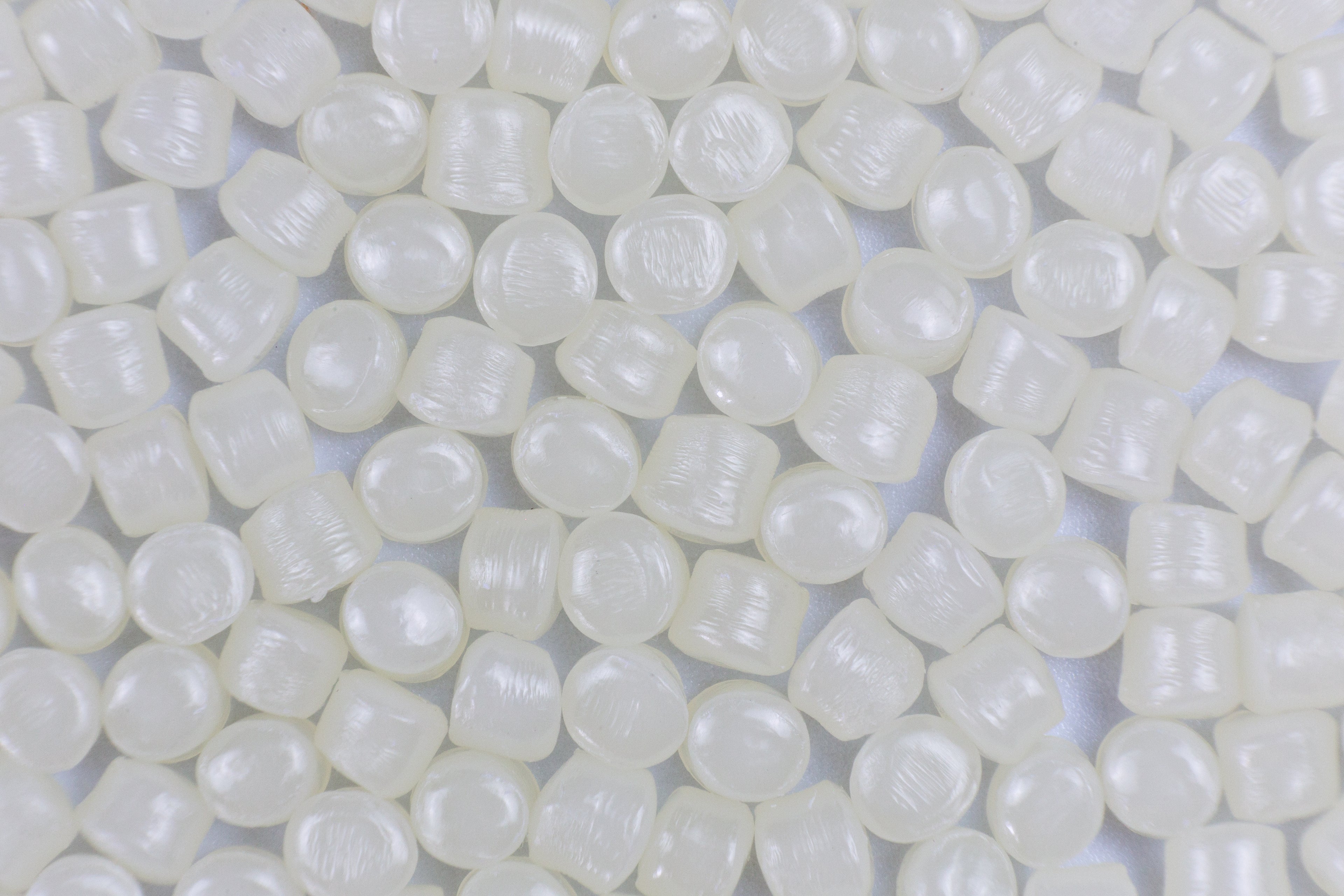
LLDPE
Linear Low-Density Polyethylene is a variation of a polyethylene, but with a more linear structure than the more common LDPE. The "linear" part means that the polymer chains are less branched, which gives LLDPE different physical properties compared to LDPE.
Properties:
- Flexibility and Toughness
- Higher Tensile Strength
- Chemical Resistance
- Light weight
Applications:
- Stretch Film
- Plastic Bags
- Agricultural Films
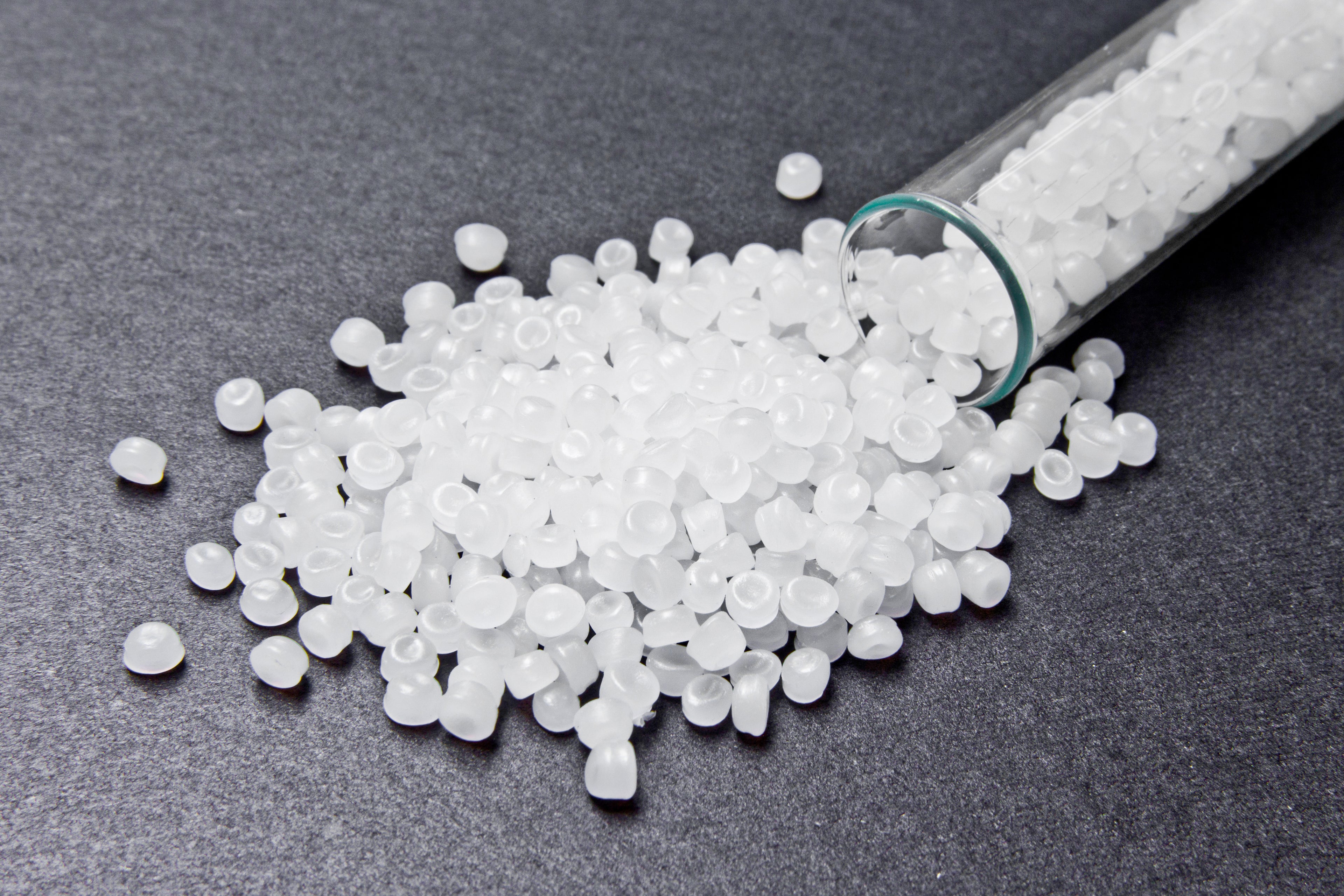
LDPE
Low-Density Polyethylene is known for its flexibility, softness and ease of processing. Its structure is more branched compared to other types like HDPE and LLDPE leading to distinctive properties.
Properties:
- Flexibilty and Softness
- Poor Thermal Resistance
- Transparency
- Low Density
- Chemical Resistance
Applications:
- Coating for cables (insulation)
- Sheets: greenhouse covers, liners
- Food packaging: Cling wraps, bottles, containers
- Plastic bags: grocery bags, trash bags
- Bubblewrap
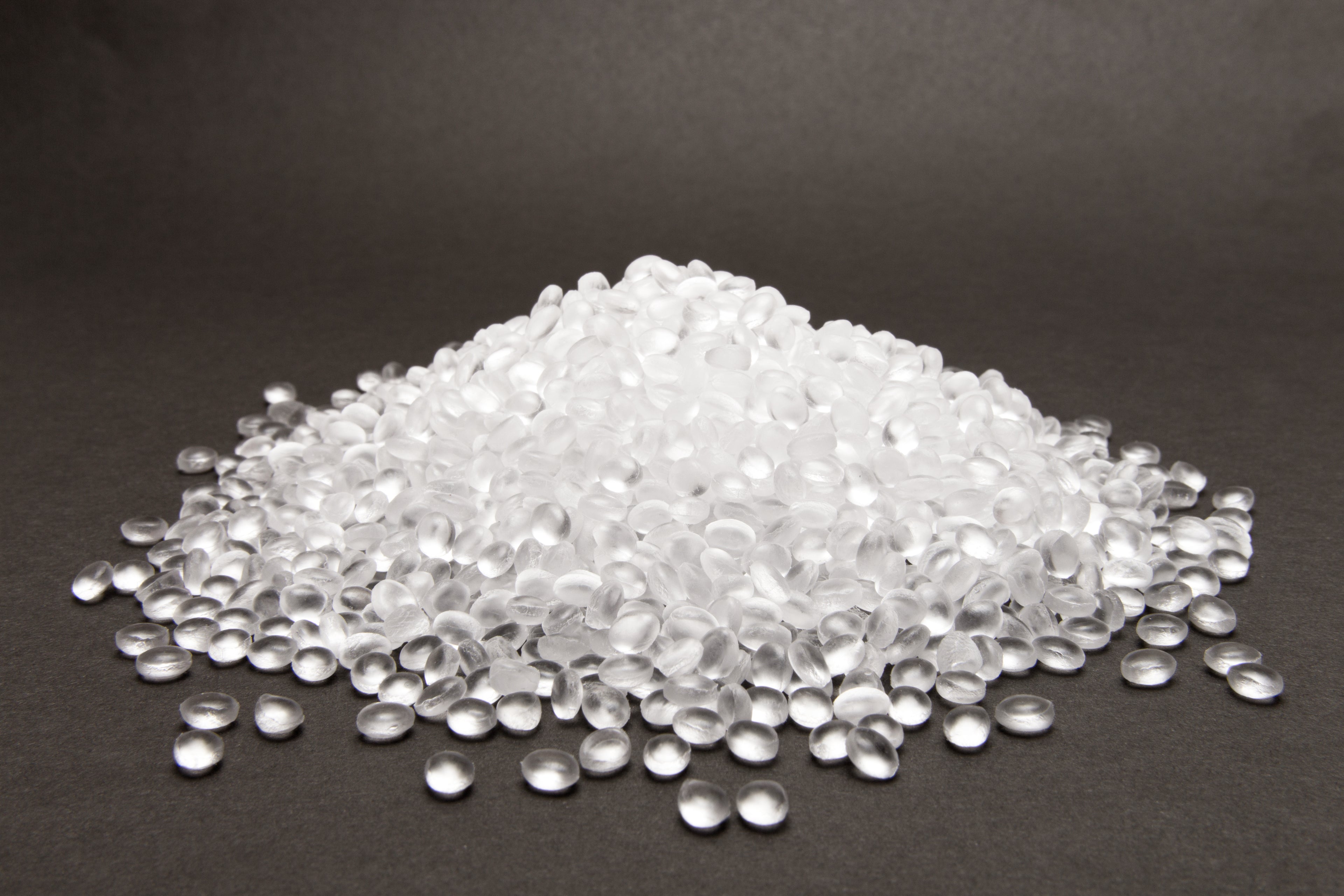
HDPE
High-Density Polyethylene is type of thermoplastic polymer. It’s one of the most commonly used plastics due to its strength, durability, and versatility. It is considered as a safe plastic, so it is widely used for food and beverage containers. HDPE is one of the most widely recycled plastics Recycled HDPE can be used to create products like new containers, pipes, and even some types of clothing.
Properties:
- Durable and Strong
- Chemical Resistance
- Water Resistant
Applications:
- Food Packaging: Milk Jugs, Caps, Closures, Grocery Bags
- Pipes: Plumping and Irrigation pipes
- Toys and Containers: Toys, Storage Containers, Cutting boards
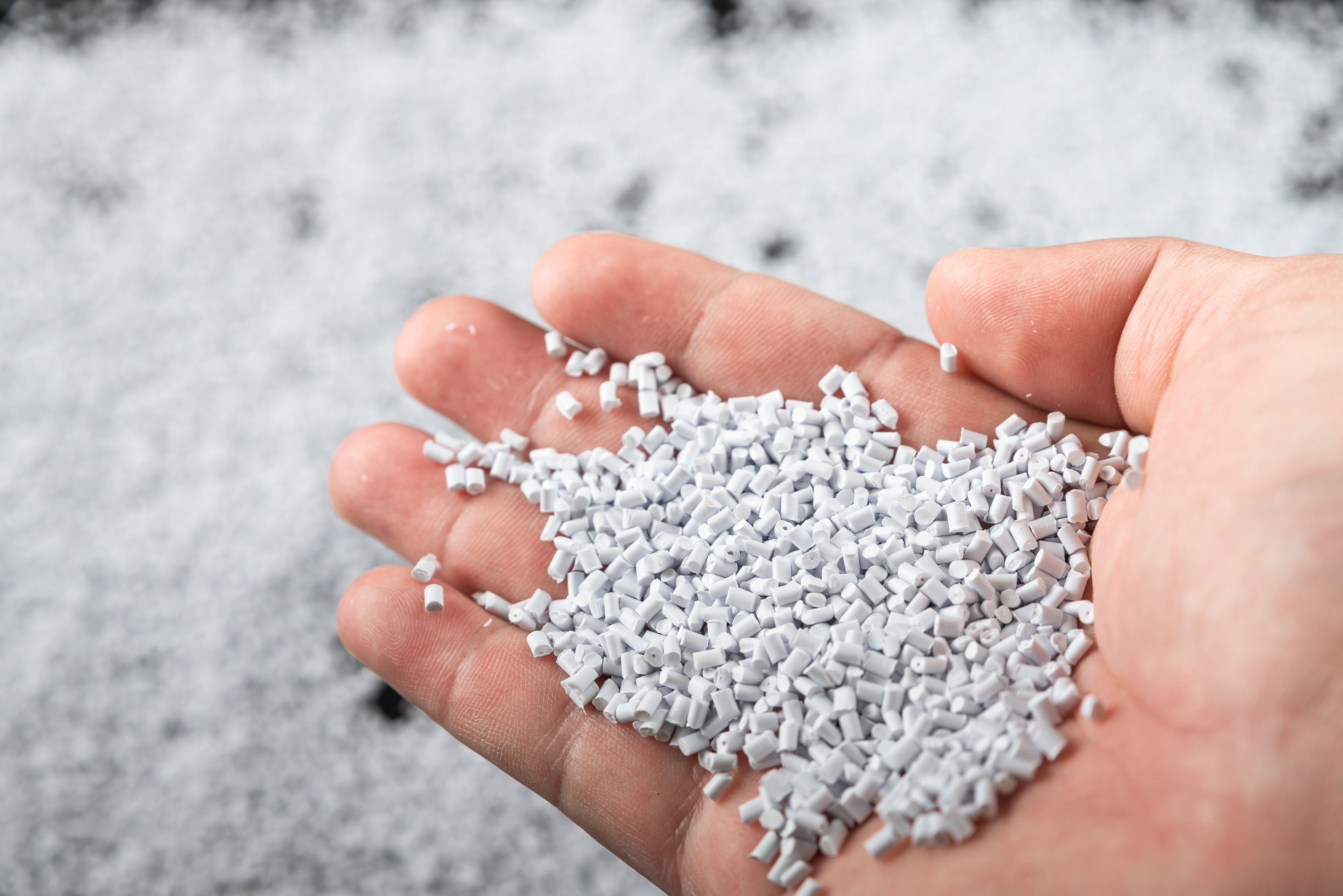
HAO PE
High Alpha Olefin (HAO) Polyethylene is a carbon chain of the length of C6 and C8, has been playing a steady role in various industrial applications due to its versatility and chemical properties. The growing demand has been driven by the need for durable, cost-effective, and sustainable matertials.
Properties:
- Improved Strength
- Flexibility
- Processing ease
Applications
- Stretch Film
- Plastic Bags
- Agricultural Film
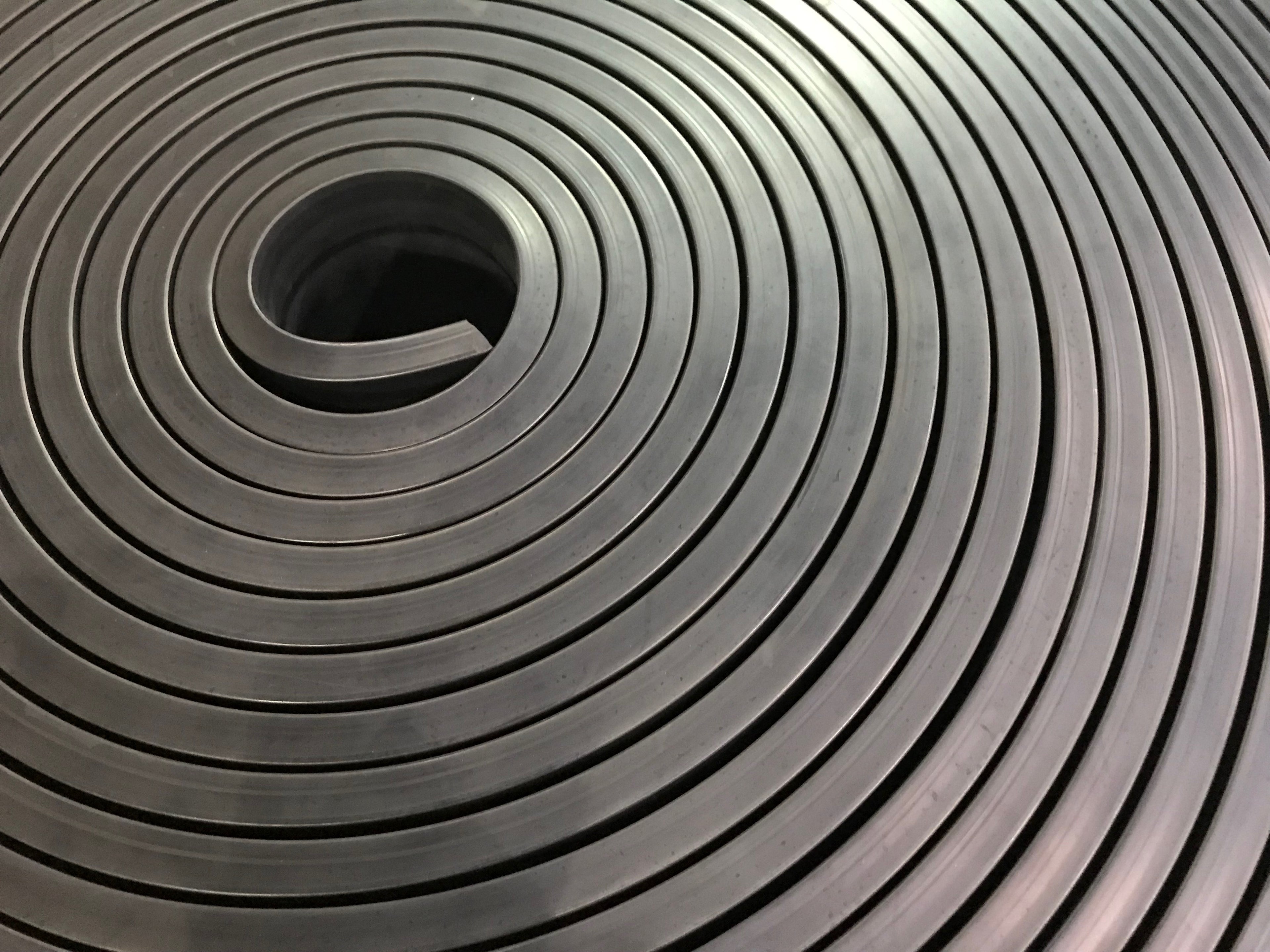
ELASTOMER
An elastomer is a type of polymer that has elastic properties, meaning it can undergo significant deformation when stretched or compressed, and then return to its original shape once the force is removed. Essentially, elastomers are materials that can "bounce back" after being stretched or squished, much like rubber.
Properties:
- Elasticity
- Resilience
- Flexibility
- Withstand wide temperature range
Applications:
- Tires
- Footwear: Rubber soles in shoes
- Medical Devices: Silicon elastomers in medical tubing, seals and implants
- Industrial products: shock absorbers, rubber bands
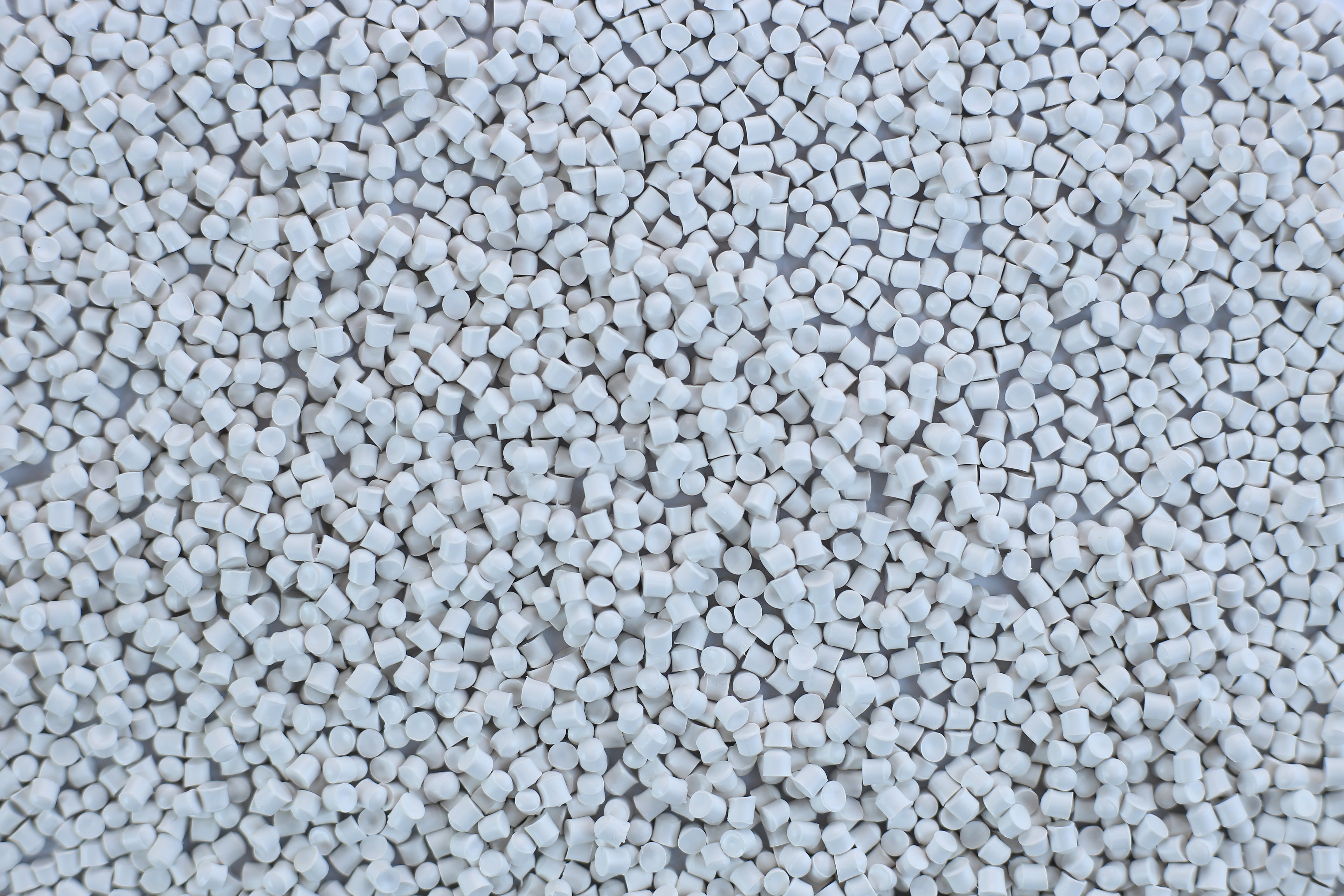
PVC
Polyvinyl Chloride is a synthetic plastic polymer made from the polymerization of vinyl chloride monomers. It's one of the most widely used plastics in the world because of its versatility, durability, and cost-effectiveness. PVC can be formulated in two main forms: rigid and flexible, which gives it a broad range of applications.
Properties:
- Rigid
- Flexible
- Durability
- Electrical Insulator
Applications:
- Pipes and Fittings: Drainage pipes, water pipes, sewage systems
- Vinyl Flooring
- Electrical Insulation for Cables
- Packaging: Shrink wrapping, blister packaging
- Toys and Apparel: Inflatable toys, raincoats
- Signage: signboards, advertising banners
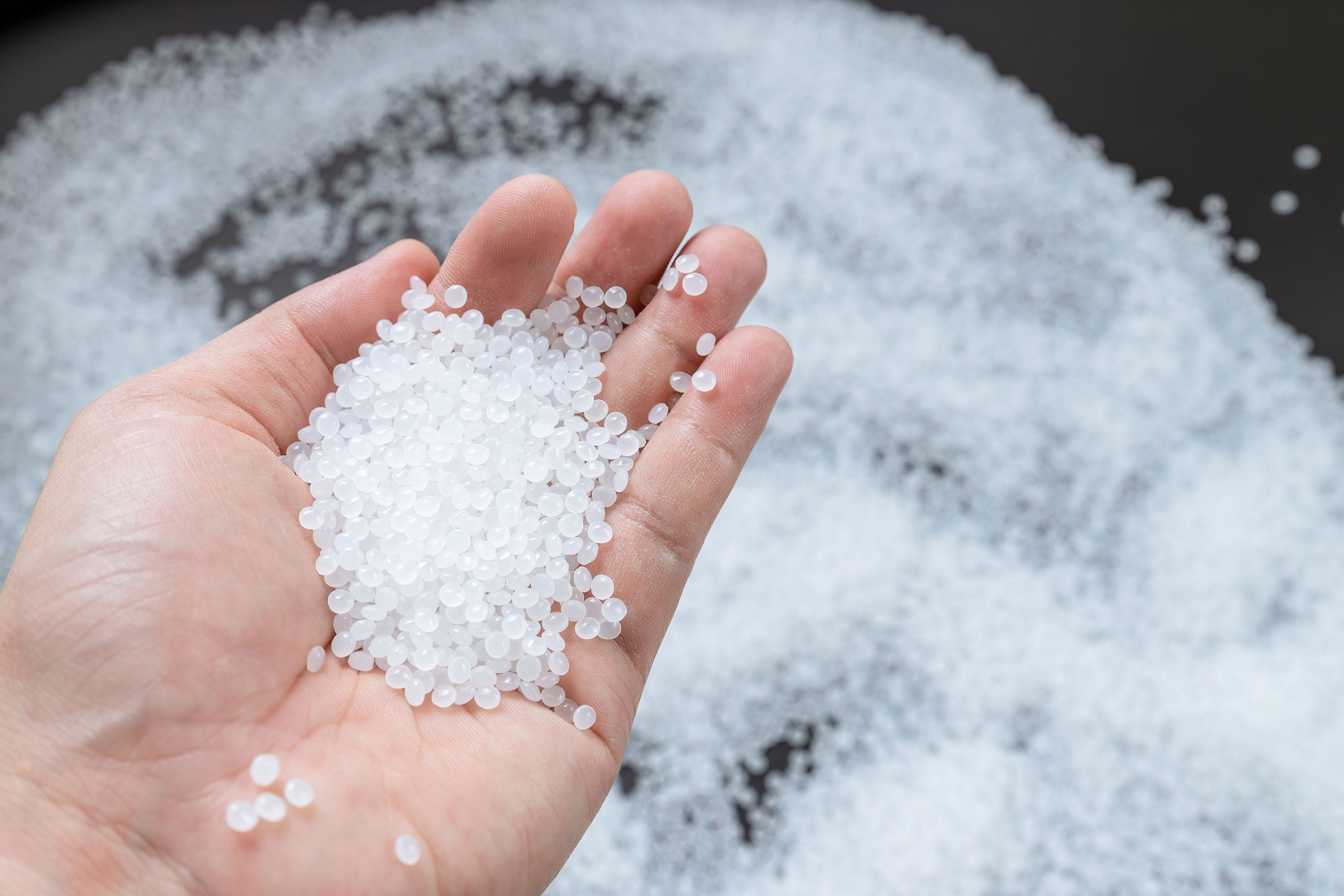
PP
Polypropylene is a thermoplastic polymer that is made from the polymerization of propylene monomers. It is one of the most widely used plastics due to its versatility, low cost, and strong performance across a range of applications.
Properties:
- Resistant to cracking, impact and fatigue
- Lightweight
- Heat resistant
- Chemical resistant
- Non-polar
- Food Safety
Applications:
- Food packaging: yoghurt cups, microwave-safe containers
- Textiles: activewear, carpets, upholstery
- Automotive parts: bumpers, battery cases
- Disposable products: diapers, sanitory products
- Medical and Laboratory Applications: syringes, medical tubing, pill bottles
